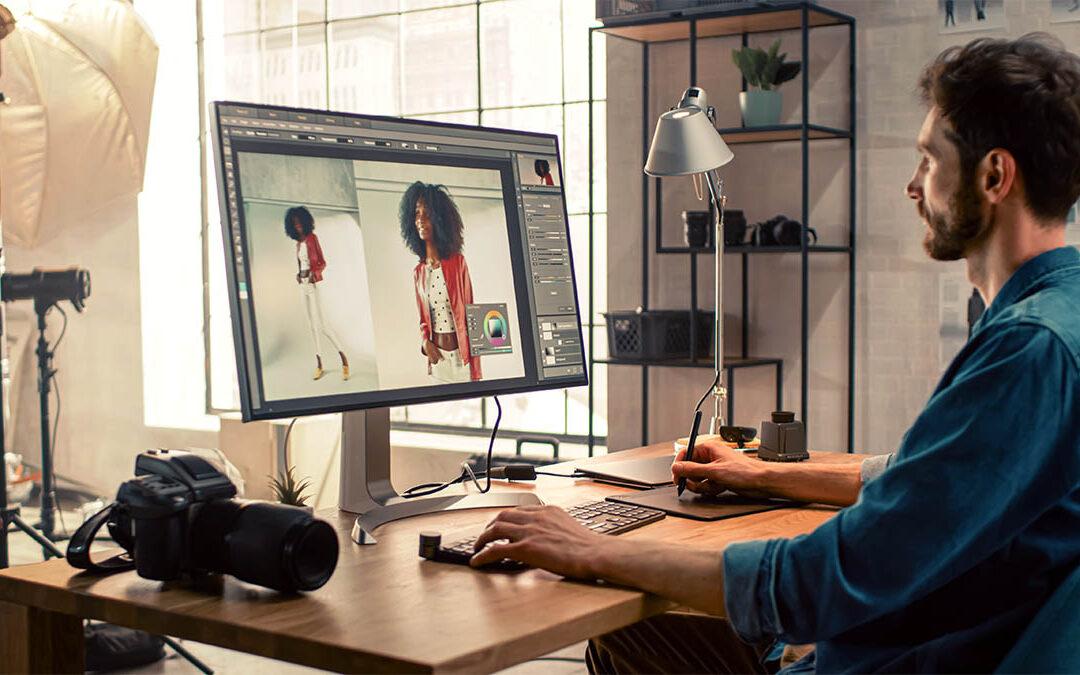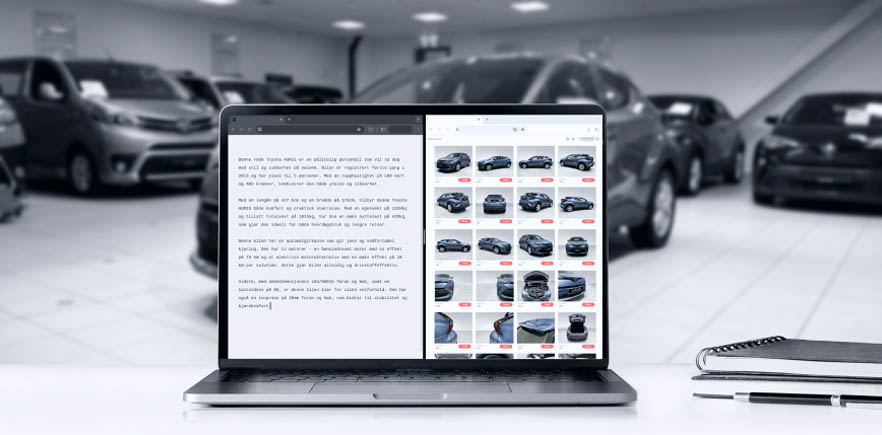Editing and retouching capabilities changed the landscape of the world of photography, but over the last decade, with the rise of social media came the rise of apps that change faces and bodies so much that they become almost unrecognizable. This has led to the burgeoning of unrealistic beauty standards and is impacting the mental health of our youth.
Photography and self-portraits were once a pure form of self-expression, but with extreme editing, the final photo that gets posted looks very different from the actual self.
Legislators in Norway have taken cognizance of this situation and passed new regulations in July 2022, requiring all advertisers and influencers to label all photos that have been retouched.
To check the rise of these unrealistic beauty standards, the Norwegian government has passed this law directing all businesses and influencers to declare any modifications and retouching in photos.
Let us understand a few basics defined under the law to see what kind of images come under this law, how this will affect your business, and how Autopix can help you.
Which Forms of Advertising Need to be Labeled?
The law requires labeling of retouched photos and moving images on all forms of media and platforms: traditional media like newspapers, posters, magazines, television, and social media like Instagram, TikTok, Snapchat, Facebook, and YouTube.
What Kind of Retouching is Referred to in the New Law?
The law on retouched photos applies to changes made to the face or body in terms of size, shape, skin, and any usage of filters applied on or used while taking the photo.
Any post-processing on photos that affects the skin also needs to be labeled.
Here are some examples that can help illustrate this:
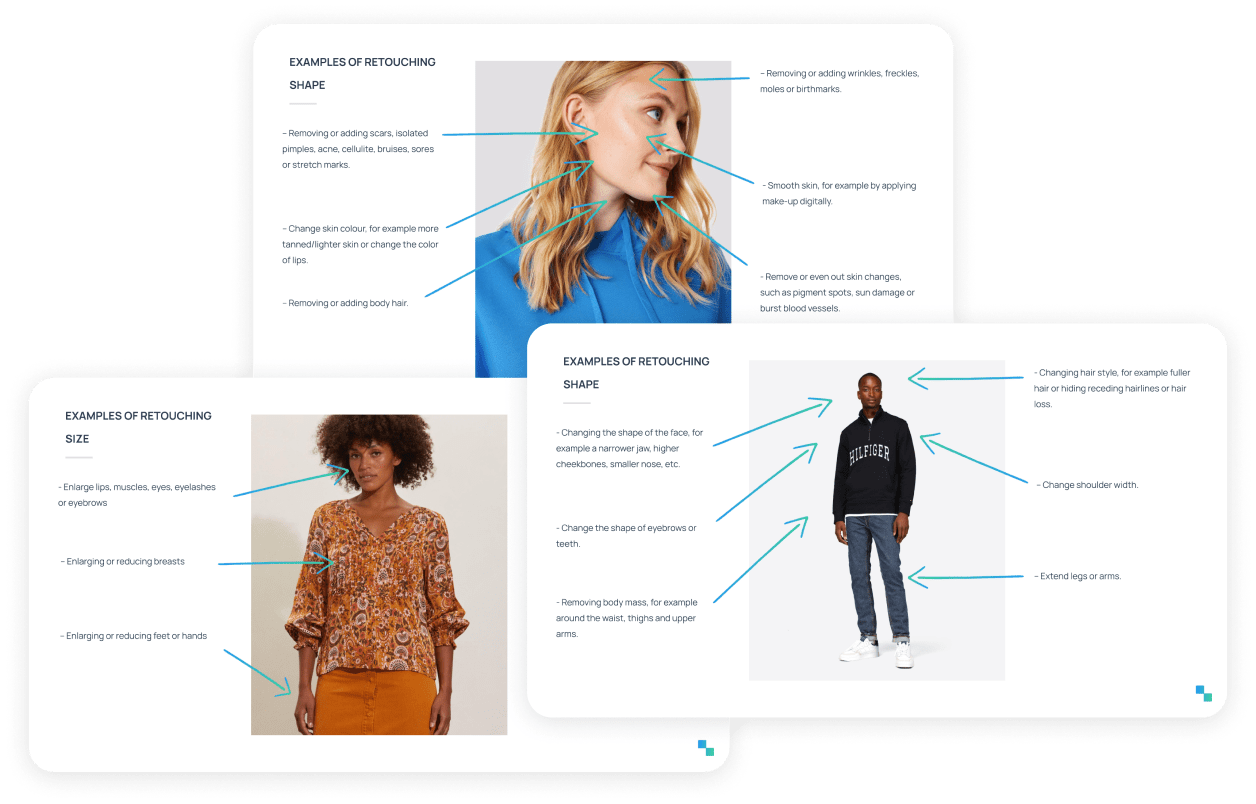
Apart from these examples, any other changes made to the face or body’s shape, skin, or size must also be labeled.
What are the changes that do not need to be labeled?
The law states that any changes made to the body’s shape, size, or skin must be labeled, so we can infer that changing the color of other body parts that are not considered “skin” does not need labeling.
For example, if, for some reason, you change the model’s eye color from blue to brown, you do not need to label this retouch. Changes to the color of hair, eye, eyelashes, eyebrows, and teeth do not need to be labeled. However, if the shape or size of any of these changes, you need to label the retouching.
If you retouch anything other than humans on the picture or moving image, for example removing a background object, you do not need to label that.
To summarize…
Whose Responsibility is it to Label a Retouched Advertisement?
The designer of the advertisement and the advertiser are responsible for labeling any retouched pictures and videos.
The Label
How do you use the label?
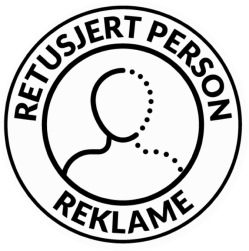
You can use the labeling service by The Norwegian Consumer Protection Authorities or download the label and superimpose it on the images yourself.
You can access the approved automated labeling service here Automated Labeling Service
Label Guidelines
Here are some guidelines to help you understand how the labeling should be done in case you have edited the images and videos and want to label them yourself:
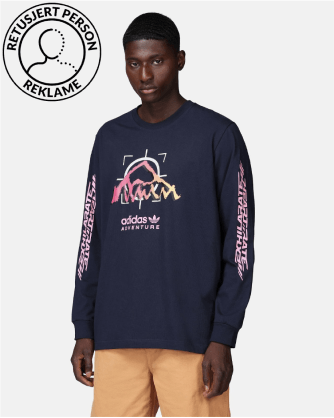
- The label must make up approximately 7% of the area on the image.
- The label must be in contrast to the background so it is clearly visible. The label is available in bright and dark colors, so choose according to the image’s background.
- The label must be put on the upper left-hand corner of the advertisement unless this placement requires another logo or image. If that is the case, the label can be placed in another corner.
Calculating the size of the label
There are two ways to calculate the right size of the label according to the guidelines.
One, the following formula can be used:
Diameter of the label = √(page x page x 0.07)
To illustrate, if you have an image of size 16×9, the size of the label you need would be
Square root of (16 x 9 x 0.07) which is 3.3.
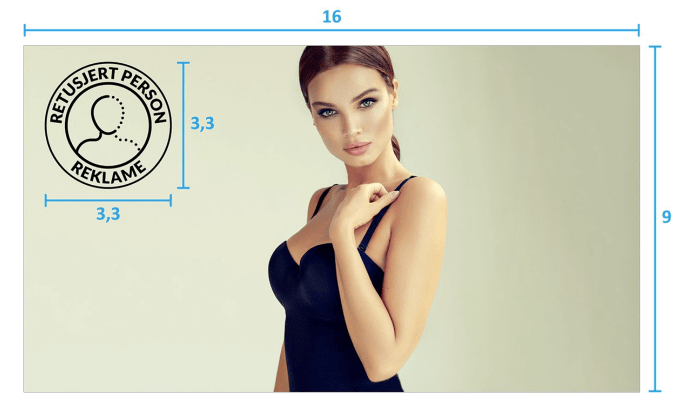
The second way:
Create a grid of 10×10 on the image to be labeled, and put the label covering approximately 7 of those squares.
This is not the most accurate method but will do the job, and give you the appropriately sized label on your advertisement.
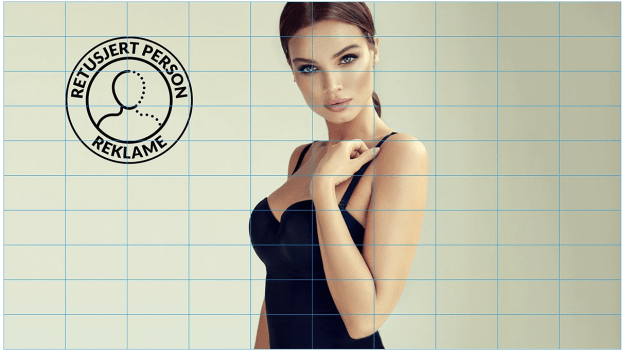
Examples of Correct Labeling
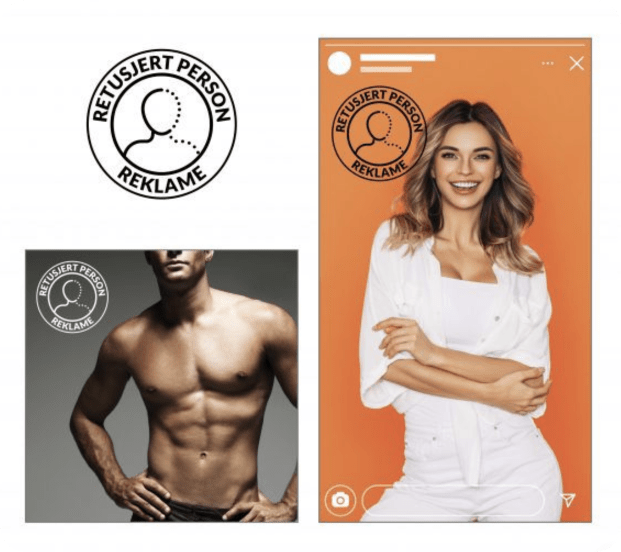
The Impact of the New Law on You as an Advertiser
This new retouching law will impact how you put out imagery and videos on your advertisements on various platforms. You can still retouch and edit as much or as little as you want to, but you must label it, ensuring much more transparency.
If you do not want to use the label, you will have to let go of most forms of retouching, but you can make some adjustments while shooting the pictures and videos in the first place, helping you avoid edits or filters altogether.
You might want to make some enhancements in makeup techniques if you want the features to look enhanced without edits. Otherwise, au naturel is the way to go. You might also want to chat with your photographer to upgrade the kind of lighting used and keep in mind to use softer lighting on the faces to avoid using filters.
How this affects Autopix and the services we provide
At Autopix, we have endeavored to simplify image production and give our customers access to the best professional image editing. This new law has been a significant change for us, and we have adapted our approach to retouching and editing most efficiently and cost-effectively for our clients.
Training
Training our production teams on new changes is crucial for us, and this will be no exception. Our production teams are undergoing training on this new retouching law, and we have adapted the editing process to comply with the guidelines in the law. That includes producing the best quality images without retouching the models. However, if retouching is required on certain advertisements, we are happy to provide the appropriate labeling on them.
Security
Autopix will provide you the end-to-end support to comply with all industry standards, thus avoiding any mishaps.
No additional costs
We have decided to make this new change in the most cost-effective way for our clients, and there will not be any additional fees related to these adaptations during this initial phase of training.
At Autopix, our attempt has always been to be the ultimate support to our clients by being the industry expert in the realm of photography and editing, including the law pertaining to it. Being a Norwegian Company we always ensure we comply with Norwegian legislation.
Please feel free to reach out to us for any more information on the law, how we can help you comply with it or any other questions.

